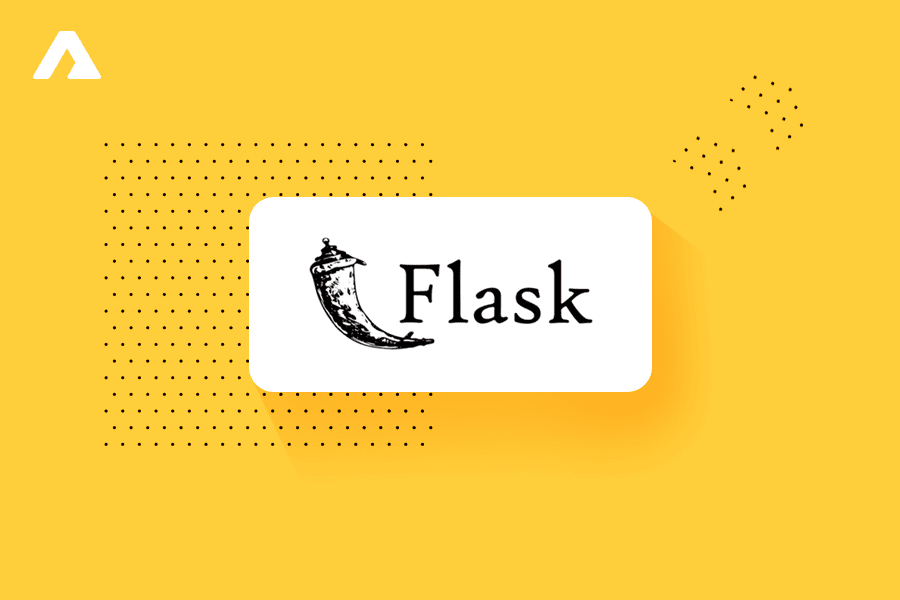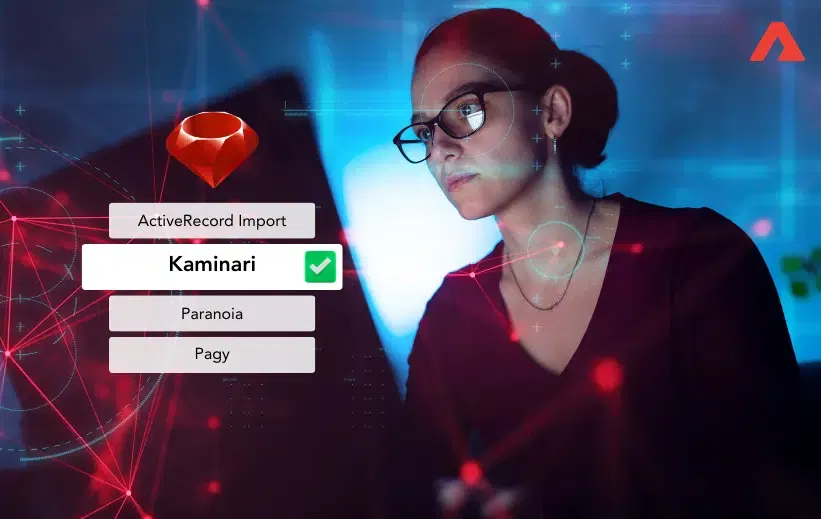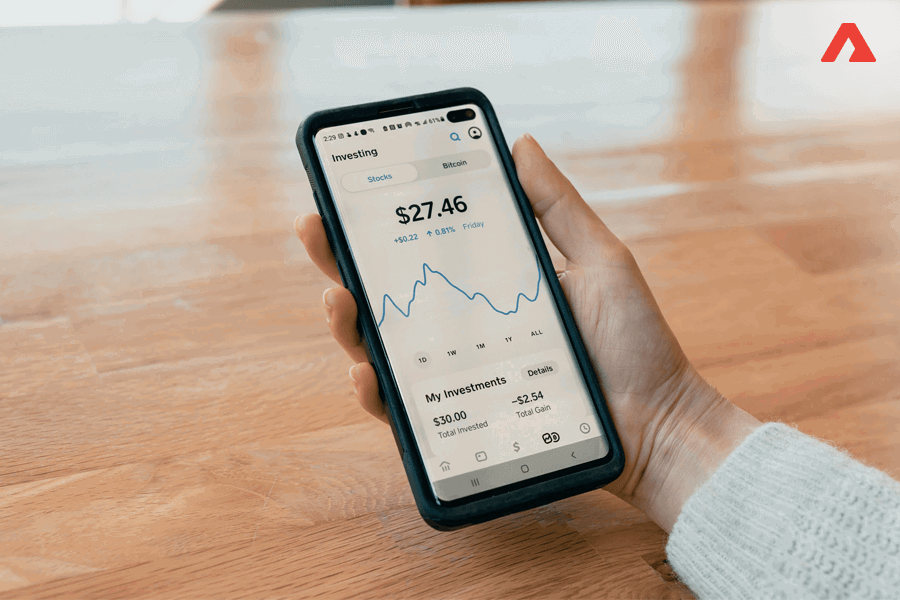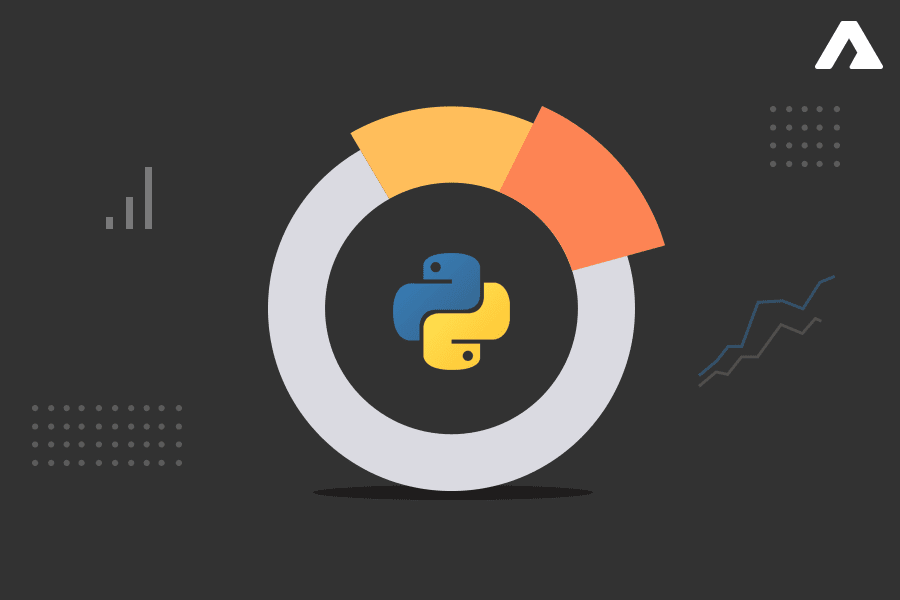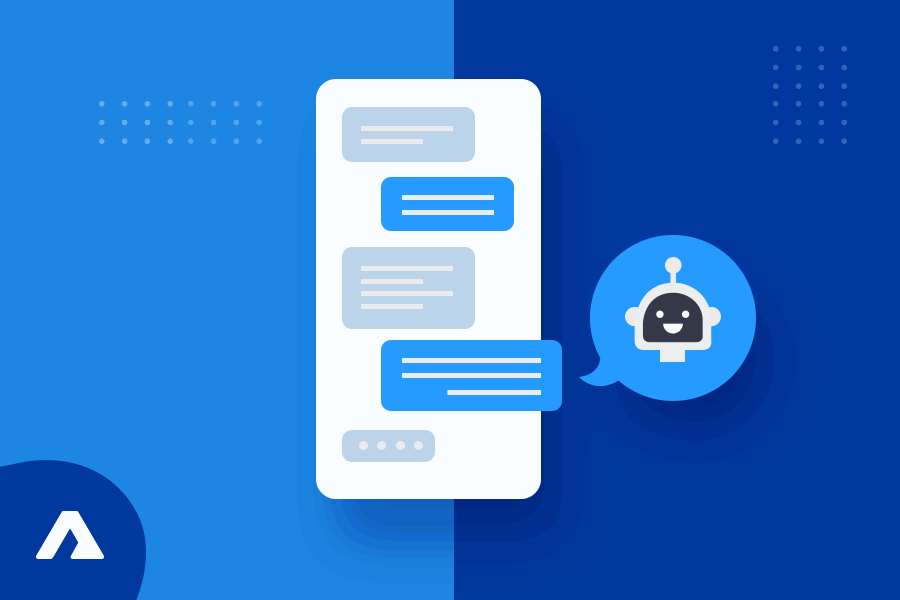Picking a programming language over some other in the big data field is too project-driven and depends on the project goal.
Regardless of the goal, Python and Big Data are an inseparable combo when you select a programming language for your future big data development. Better to have it both!
What is trending in Python?
It is a big decision because once you begin developing your project in a specific language, it is quite complicated to switch to another language.
Moreover, not every project has the same goal. For instance, in a considerable big data project, the goal could simply be manipulating information or developing analytics while in others it might be for the Internet of Things (IoT).
Today, big data is quite separable. Based on which side of the fence you are standing on, you need to keep a watch on the technology and trends. In this way, you can know the point where the intelligence is heading in the following year.
What Big Data Trends Surging in 2021?
If we were to predict, Big Data trends bring the following in coming year:
- By connecting separate information sets, it moves to large data.
- Data synthesis and analysis are blended to form information expertise.
- Self-service analytics is available to users.
- To figure out facts patterns, algorithms are used to support analytical systems.
- Speech processing is improved to better communication with users.
- Machine learning will help in creating intelligent metadata catalogs.
- Information data will be used by climate researchers.
- Real-time facts analysis will become important for specific sectors.
Those are quite important key trends for the future and some of them might as well change the very way of how businesses operate.
However, there’s another trend that helps enterprise businesses to improve by leveraging the information. This trend involves Python.
Why is Python so popular??
The programming language used for web development and web apps has become the best choice for big data. However, the question is what makes Python so compatible with information?
1. User-friendly
Firstly, Python is one of the most convenient languages to learn and utilize. Due to this, you’ll realize that the barrier to entry is quite low.
This means that your developer won’t spend a big chunk of time to speed up a new language so that your business can profit from macro information.

One of the biggest reasons why Python is so easy to use is because it focuses on the English language for its syntax, unlike other languages. This doesn’t demand the user to completely understand how software engineering works.
Python also does not need a compiler. With Python, you can easily write and run the code.
Nearly every big-time platform on the market supports Python that means you can write the code and scripts from and for any device around you.
2. Compatible with Hadoop
Python is quite compatible with Hadoop. This is important because it is quite a crucial Java framework of open-source elements.
It uses multiple computers to solve problems. All these problems depend on wide collections of information.
By endorsing Hadoop, companies can use commodity hardware to create large networks of computers. These can handle large amounts of facts that save money.
Hadoop Streaming is something that Python offers you to work with that makes it easier to create and run, Map/Reduce tasks.
This is quite an important task for critical information jobs and Python just made it easier to execute.
3. Suitable Library Support
One of the greatest python/Big Data trends is the large number of Python libraries quite suitable for large information.
The most crucial Big-Data-centric Python libraries contain:
- Pandas is a library, especially created for data analysis that offers the required facts structure operations to manipulate information. You can do it for both time series as well as numerical tables.
- The scientific computing-based library for Python is NumPy. It offers support for random number crunching and multi-dimensional systems. It also supports linear algebra, Fourier transforms, matrices, and other complex mathematical computations.
- SciPy is about modules for linear algebra, interpolation, signal and image processing, and optimization. It also performs integration, FFT, ODE solvers, and other scientific and engineering tasks.
- Mlpy is a machine learning library that works great with both NumPy and SciPy. It helps to compromise between reproducibility, usability, efficiency, and maintainability.
- Matplotlib supports 2D plotting as well as hardcopy publication versions and generates charts, error charts, scatter plots, and histograms.
- Theano is a library especially for arithmetical computation. It offers optimization and definition as well as the evaluation of mathematical expressions.
- NetworkX is a library meant for studying graphs.
- SymPy adds symbolic computation along with basic symbolic arithmetic, algebra, quantum physics, Dask, and calculus.
- Dmelt is used for numeric computation as well as statistical analysis of big data.
- Scikit-learn is also a kind of machine learning library that contains clustering algorithms, TensorFlow, and regression.
4. Compatible with Voice Data Processing and Image
Large information does not just contain numbers and character strings especially not moving forward. In the upcoming years, a large chunk of information will have to accommodate images and voice recordings.
Think about the consumers who are using Google Assistant, Siri, and Alexa. However those commands aren’t there on the servers and they need to be acted on in real-time.

Python is an amazing solution that can solve these complex problems due to the support for both image and facts. IT is a great technology to work with.
5. Open-source hence Easy to Customize
It is no surprise that Python is an open-source language. It means that the code can be seen by everyone and can also be changed by all and distributed.
This is because, any enterprise user has adapted open-source software to power their backups. Open-source makes it quite easy for businesses to incorporate the software and systems they use already.
This becomes a key element with huge information because tools such as NoSQL databases are able to be incorporated seamlessly into other software. As Python is open-source, it’s not only possible to do that, but also easy.
Synopsis
It is not too late if your company hasn’t yet joined the crucial information (Big Data) bandwagon. However, before you begin this crucial journey, ensure that you have a squad of Python developers on hand.
Your business will be able to leverage crucial information in such ways that wouldn’t have been possible otherwise if you have those engineers.
All product and company names are trademarks™, registered® or copyright© trademarks of their respective holders. Use of them does not imply any affiliation with or endorsement by them.




 Insurance
Insurance










